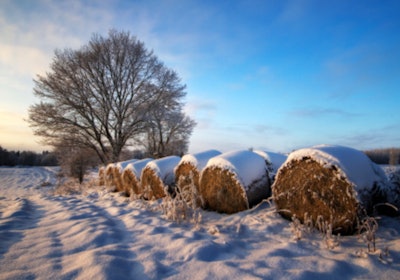
MnDOT is timing the announcement to coincide with planting season so farmers can incorporate their involvement into their growing season efforts.
“The safety benefits of the Living Snow Fence program on local highways are extensive,” says Dan Gullickson, MnDOT’s Living Snow Fence Program coordinator. “Standing corn rows are effective in reducing the amount of snow blowing onto highways. They increase driver visibility, provide safer driving conditions and allow traffic to flow.”
MnDOT says standing corn rows can cut down the “severity” of injuries on curves by 40 percent, based on research by the agency, the University of Minnesota Extension and the University of Minnesota Center for Transportation Studies.
MnDOT has identified roughly 3,700 state highway sites with snow and blowing snow problems. “We really strive for a targeted approach for living snow fence locations,” Gullickson says. “We specifically choose the areas that use extra snow and ice removal resources.”
In addition to reducing snow-related driving problems, MnDOT says the living snow fences save money by reducing the number of trips needed from snowplows and salt application trucks.
Farmer Louise Kiecker feels the program is a way to give back to the community and to be an advocate for safer winter driving conditions.
“Our family and friends travel that road daily and they know that this stretch of the highway will be clear,” Kiecker says. “I really see our participation in the program as a public service.”
Farmers are compensated for their involvement. The University of Minnesota Extension created a “Snow Cost Benefit Tool” that determines how much farmers are paid on a per acre basis. Typically farmers are required to leave six rows of corn stalks located roughly 200 feet from the highway centerline.
“This tool is designed to assess agricultural and MnDOT expenses to determine a fair and reasonable incentive payment for the farmer or landowner,” says Gary Wyatt, University of Minnesota Extension educator. “Farmers should also be aware that standing corn rows can be handpicked in the fall by youth (4-H, FFA, etc.) or adult groups for the corn or a donation to the organization.”
More information on the program is available here.












